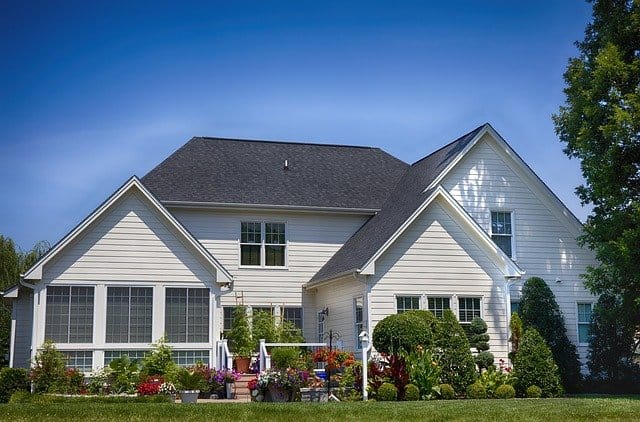Cladding adds to the look of the home but also serves to protect against the elements during each season while also providing some noise dampening, heat retention and UV protection. Cladding also adds to the mechanical structure of a building and can increase market value due to the aesthetic appeal.
While there are a number of cladding options to choose from such as vinyl and wood, metal cladding such as various forms of steel, aluminum, zinc, and copper are extremely popular and widely used on homes around the world.
Let’s focus on the types of metal cladding you may consider given their widespread popularity and cost effectiveness.
Benefits of cladding your home
There are a number of benefits to cladding your home related to both a visual component and the function:
- Adds to the aesthetics of your home and can change and modernize the look.
- May add to the value of your home.
- Adds to the structure of the exterior of your home.
- Protects against elements include the sun, rain, snow, ice and water.
- Also protects again wind and ultraviolet (UV) rays.
- Provide sound dampening from both inside and outside the home.
- Helps to retain heat within the home while preventing heat from entering the home.
Types of metal cladding to choose from
What purpose does house cladding serve? Also known as siding, cladding is a popular way of adding value, protection and a modern look to a home. Metal cladding is widely available due to its durability and protective features but you don’t only have to choose from one option. The most popular types of metal cladding include the following:
Steel
Stainless steel, galvanized steel and weathering steel are three common options.
Stainless steel has chromium which helps to prevent corrosion so rust resistance and durability are popular benefits.
Galvanized steel has a thin layer of zinc in place of chromium to prevent rusting so durability is again a key benefit.
Weathering steel is also known by its brand name COR-TEN steel. It refers to a group of alloys which offer the benefit of durability and no need for painting while also developing a natural rust-like patina over time, hence the reference to weathering.
Aluminum
Aluminum has been used for siding as well as downspouts and eavestroughs for decades. I remember living in a 1967-era built home as a kid when my parents paid to have the chipped and degraded builder-grade painted wood eavestroughs replaced with a higher quality and more modern aluminum once, a material that is now standard.
Aluminum is more durable and doesn’t need to be painted like wood once it’s installed. Unlike some steel, aluminum doesn’t rust and it insulates a home better than vinyl.
While aluminum used to be the gold standard for siding and cladding for decades, it isn’t as common as in the past due to the rise of other materials that we’re discussing here. Many modern brick homes will also use a stucco or brick-only finish instead. Aluminum siding may last 50 years or longer.
Zinc
Zinc is widely available and very durable so it is a popular option for cladding. Zinc cladding protects the home from moisture and while it’s not sustainable like wood, it takes less energy to refine than stainless steel, aluminum or copper.
Zinc cladding (and roofing) may last up to 100 years so it is very durable and has a potentially very long lifespan.
Copper
Copper is a very durable yet lightweight metal. It’s also very eco friendly and can be recycled unlike vinyl siding. Copper siding is a solid choice for cladding a home and can last 100 years or more.
Downsides of copper siding include the high cost relative to other options. Over time copper can develop a green color due to oxidation which is something to be aware of.

Costs of metal cladding and siding for the home
| Cladding type | Cost |
| Steel | $4 – $8 per square foot installed |
| Aluminum | $3 – $6 per square foot installed |
| Zinc | $15 – $25 per square foot installed |
| Copper | $20 – $35 per square foot installed |
Specific costs vary by region, material type (ie. type of steel) and specific circumstances related to your home. Additional charges may apply to remove the current siding you have on your home.


